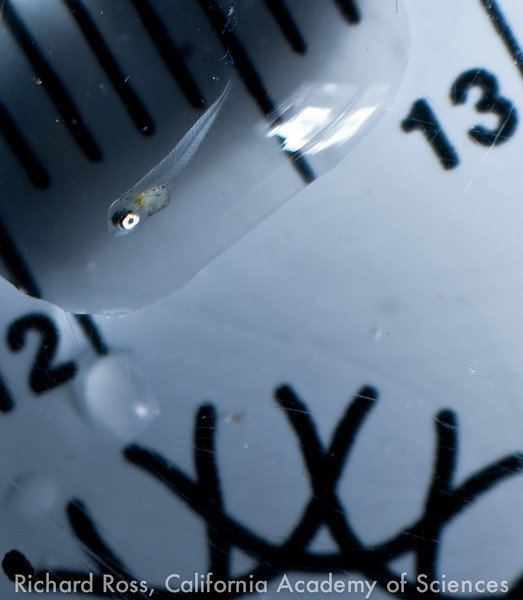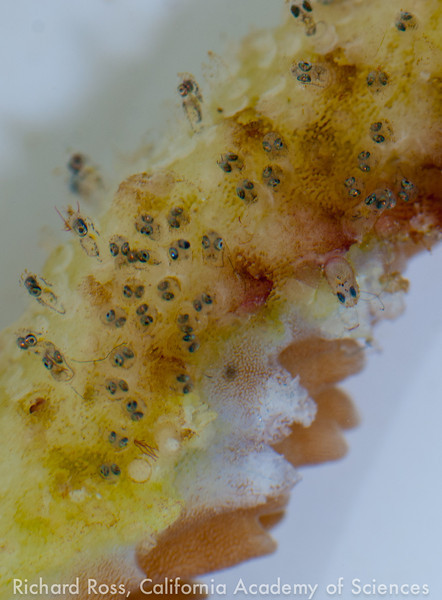Amblyglyphidodon ternatensis and Rising Tide
From Reefs.com

This week Amblyglyphidodon ternatensis eggs and larvae collected at the Steinhart Aquarium in the California Academy of Sciences were shipped to Florida as part of the Rising Tide Conservation project.
Rising Tide Conservation was started by SeaWorld Parks and Entertainment to make breeding and rearing of marine tropical fish economically viable so that there are alternatives to collection. It quickly expanded from a program focused on breeding and rearing fish in display facilities to one focused on integrating efforts of display aquaria, the hobbyist industry, and academia to create a platform for the promotion and dissemination of information related to marine tropical fish aquaculture. Large scale tropical marine fish aquaculture has been held back by four specific hurdles: difficulty in egg production, difficulty in larval rearing, use and production of an appropriate live feed, and most importantly, the difficulty in clearing these hurdles in an economically viable manner. Transfer of capabilities identified in this program to commercial producers is critical for the success of this initiative.
Rising Tide Conservation is an effort to reduce commercial collecting of reef fish by promoting captive breeding. This program provides a lifeline for reef populations by providing source alternatives. Many attempts to raise marine tropical fish have resulted in small successes. Rising Tide is an effort to move these advances to more widespread use.
For more images of the eggs and larvae please scroll down.

[smugmug url=”http://packedhead.smugmug.com/hack/feed.mg?Type=gallery&Data=19875987_PC7pSc&format=rss200″ imagecount=”100″ start=”1″ num=”200″ thumbsize=”Th” link=”lightbox” captions=”false” sort=”false” window=”false” smugmug=”false” size=”L”]
